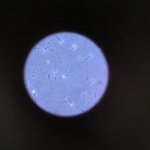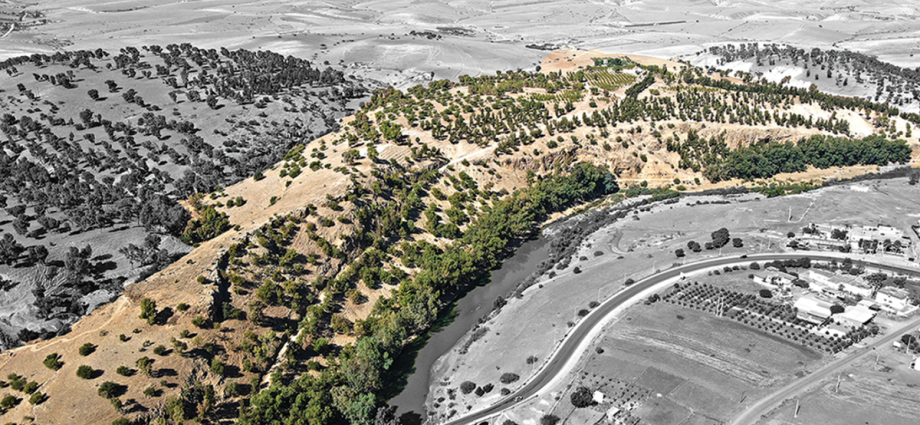Archaeologists in Morocco have discovered the earliest known farming society in northwest Africa – a finding that reshapes our understanding of Mediterranean history.
The region, known as the Maghreb, is perfectly located to serve as a major hub for cultural development and intercontinental connection, scientists from the University of Cambridge said.
While the North African region’s importance during the Iron Age and Islamic era is well known, researchers said there is a significant gap in knowledge about its archaeology between 4000BC and 1000BC.
The latest fieldwork carried out in Oued Beht, Morocco, revealed that it was the largest African agricultural complex outside of the Nile region between 3400BC and 2900BC.

The discovery, researchers said, indicates the presence of a large farming settlement in the region, “similar in size to Early Bronze Age Troy”.
“This is currently the earliest and largest agricultural complex in Africa beyond the Nile corridor,” they said in a study published in the journal Antiquity.
“For more than a century the last great unknown of later Mediterranean prehistory has been the role played by the societies of Mediterranean’s southern, Africa shores west of Egypt.”
The Oued Beht site first came to attention in the 1930s when building work by the French colonial regime revealed a large number of polished stone axes and grinding artefacts.
In their latest fieldwork, archaeologists discovered remains of domesticated plants and animals as well as pottery dating to the late Stone Age.
“The concentration of pottery and lithics at Oued Beht is of a size unprecedented at this date on the African continent outside the Nile corridor and its immediate vicinity and is also exceptional in Mediterranean terms,” they noted.

They also discovered deep storage pits like those found on the other side of the Strait of Gibraltar in Iberia, consisting of modern-day Spain and Portugal.
At the Iberian sites, archaeologists had found ivory and ostrich eggs, pointing to an African connection.
All of this indicates, archaeologists said, that the Maghreb was instrumental in shaping the western Mediterranean during the fourth millennium BC.
Scientists said this community made substantial contributions to the shaping of the early social world. “Oued Beht and the northwest Maghreb will henceforth occupy an integral and profoundly revisionary place in the later prehistory of the Mediterranean,” they said.









